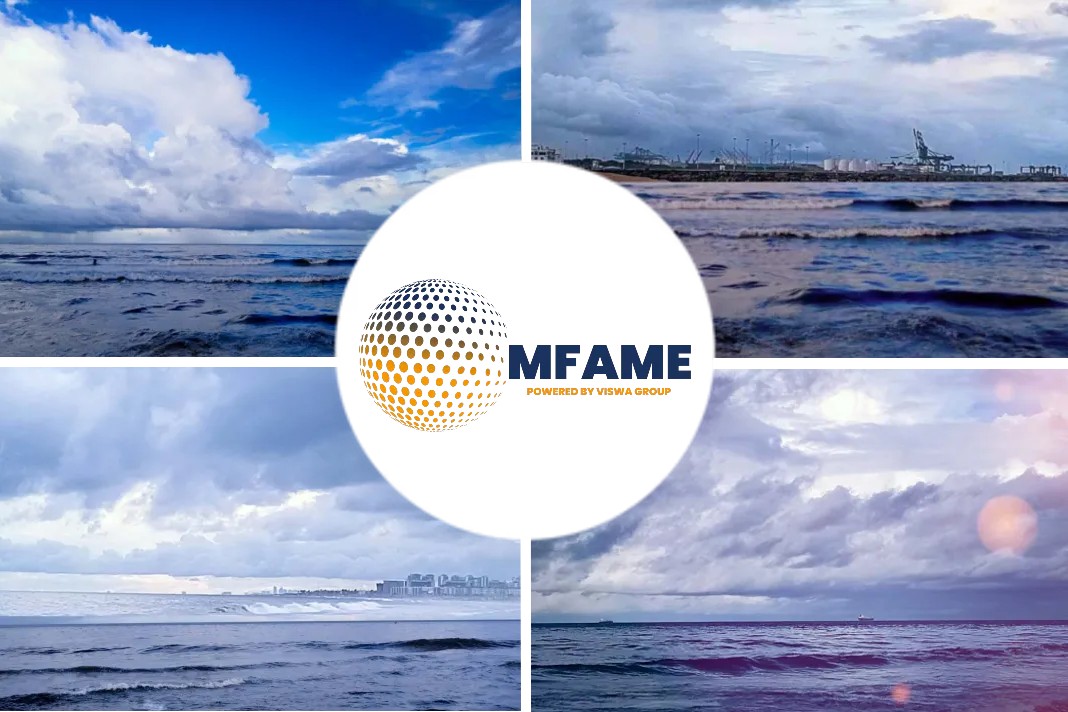- Dorian LPG’s scrubber program pays back 48% of capex
- Hi-5 spread set to support scrubbers’ uptake in near future
- HSFO share in global bunker fuel mix to rise to 28% by 2030: Platts Analytics
Scrubbers will likely continue to play a significant role in the marine fuel mix over the near-to-medium term despite the global push for cleaner fuels, with the latest results from Dorian LPG’s scrubber operations showing a 48% capital expenditure payback, reports Platts.
Fuel spreads widen
Dorian LPG said in its quarterly results presentation Feb. 3, “Fuel spreads during Q4 2022 [October-December] widened between LSFO [low sulfur fuel oil] and HSFO [high sulfur fuel oil] benefiting our scrubbers vessels with improved voyage economics well in excess of $3,500/day anticipated and more recently to over $6,000/day.”
The payback was notwithstanding the COVID-19 outbreak and the oil market collapse in calendar 2020, with average savings of about $150/mt against very low sulfur fuel oil for the quarter, the company said.
The scrubbers reduced particulate matter and black carbon by 95%, compared with non-scrubber vessels. “The hybrid features of our scrubbers provided additional upside for all ECAs [Emission Control Areas] and SECAs [Sulfur Emission Control Areas] areas of trading,” Dorian LPG said.
Some industry sources have criticized scrubbers for their inadequate role in tackling decarbonization. However, technology is being deployed to help design and upgrade scrubbers to capture carbon at the point of exhaust in a vessel.
“I think there are some quite interesting projects going on, on how to capture the exhausts,” and going forward scrubbers and alternative fuels will play a role, Soren Holl, CEO of KPI OceanConnect told S&P Global Platts.
Favorable pricing economics
The spread between benchmark Singapore marine fuel 0.5%S cargoes and Singapore 380 CST HSFO cargoes averaged $119.69/mt in 2021, up from $96.91/mt in the previous year, Platts data showed. The spread rose 82.43% to average at $126.17/mt in the second half of 2021, compared with H2 2020. It climbed to a two-year high of $210/mt Feb. 4.
“I think we will see a [Hi-5 or the differential between IMO-compliant LSFO and the erstwhile mainstay 380 CST HSFO] spread around the level we have at the moment … within a range of 5%-10% perhaps plus/minus but it will be around this level for some time,” Holl said.
The Hi-5 spread has been “very high in Singapore … much higher than in the US or Europe“, but it could widen some more, Adrian Tolson, director of global research and consulting company BLUE Insight said in an interview in January.
Scrubbers in new builds have almost negligible cost, therefore large new vessels have been installing them, Tolson said. “Scrubber payback on large containerships is much less than one year for new builds, and not much more for retrofits.”
The tanker and dry bulk shipping segments, particularly, have gained from the widening Hi-5 spread, buoying cost-savings of the scrubber-fitted VLCCs and possibly fueling more interests in scrubber investments over the short term, according to sources from shipping companies.
Scrubber prospects
Scrubber prospects are reflected in strong HSFO marine fuel sales. The share of HSFO within the global marine fuel demand mix is likely to rise to 21% in 2023, from 15% in 2020, and further to 28% by 2030, according to Platts Analytics.
“There are also plenty of HSFO cargo availability, weighing on premiums,” a Singapore-based bunker supplier said. “Prices are also low [in Singapore] which helped steady downstream demand.”
Buyers have had to pay high delivered premiums for prompt delivery since November amid dwindling LSFO inventories in Singapore. Tight LSFO stocks have eased since the second half of January, with more product availability for prompt bunker delivery, traders said, raising the appeal of scrubber investments.
Did you subscribe to our daily Newsletter?
It’s Free! Click here to Subscribe
Source: Platts























